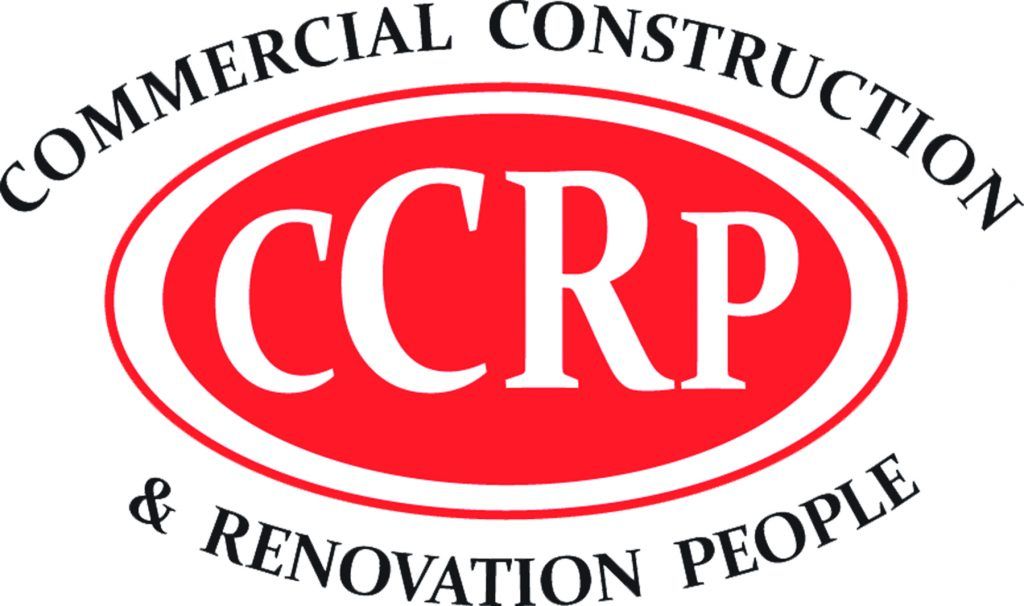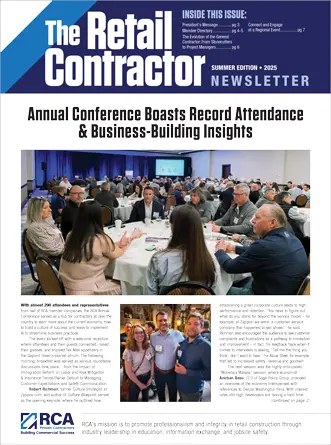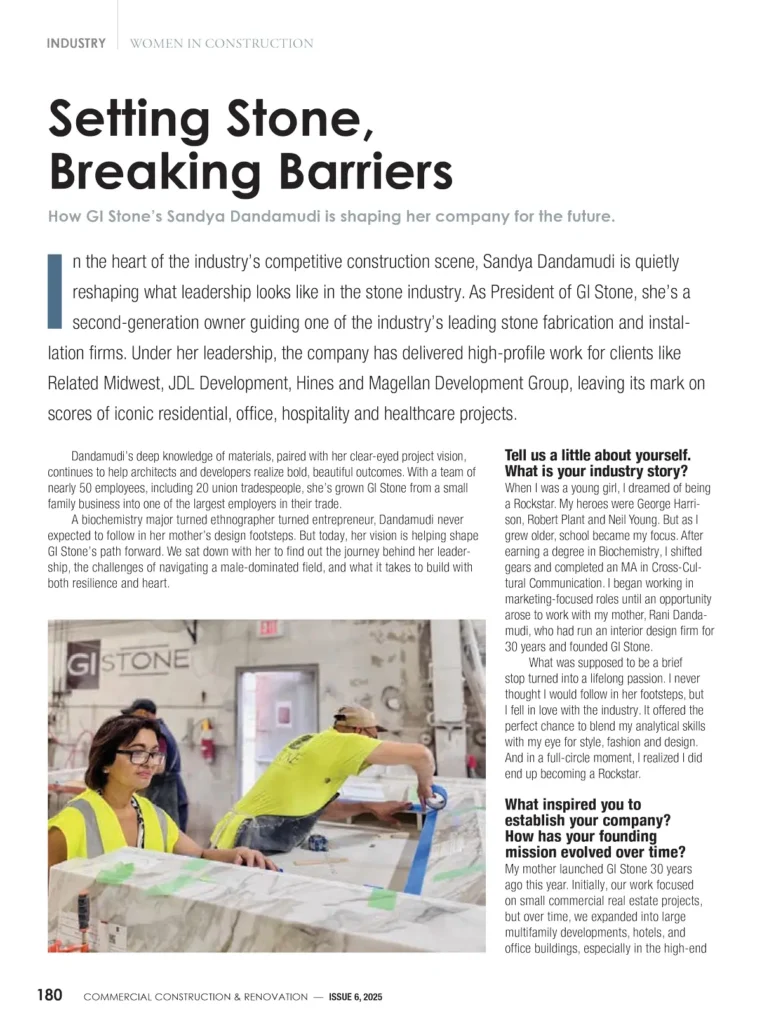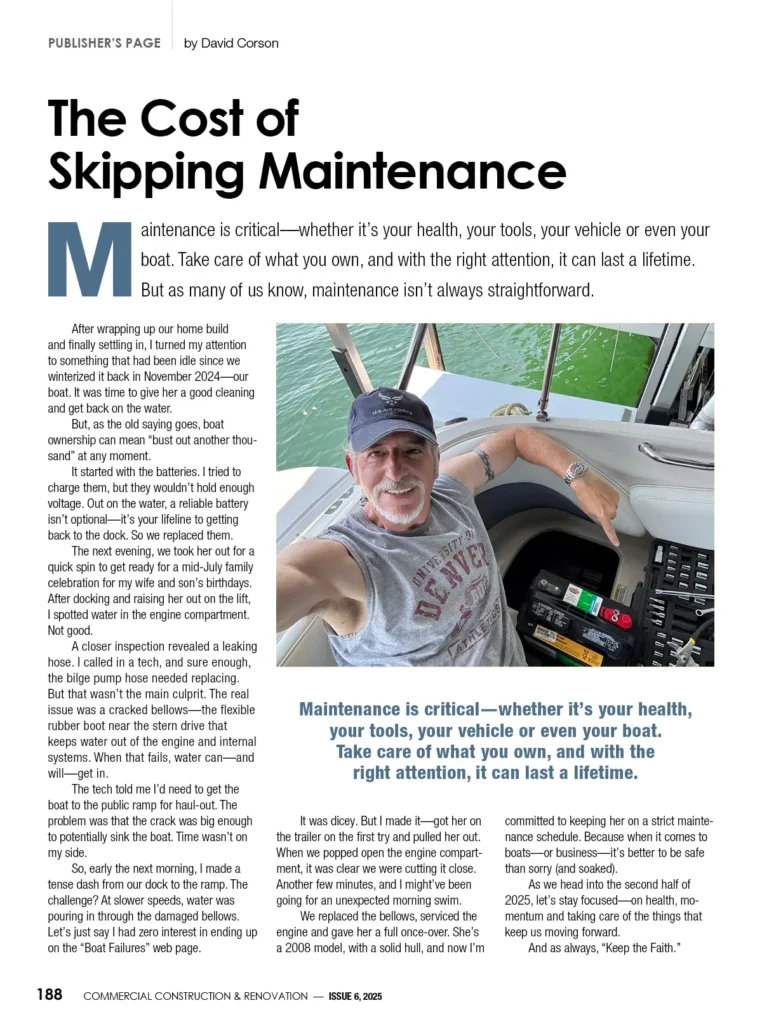Roofs are often viewed as “out of sight, out of mind”—until something goes wrong. Yet your roof is one of the most critical components of your home’s structure, and understanding how it naturally ages over time can help you stay ahead of costly surprises. Like any system exposed to the elements, your roofing materials go through predictable stages of wear and tear.
Whether you’re living under a relatively new roof or you’ve inherited an aging structure, recognizing the lifecycle of a roof—and knowing when to invest in maintenance, roof repair, or replacement—can help you protect your home, budget, and peace of mind.
Experienced Syracuse roofing contractors understand that each phase of a roof’s life comes with its own signs, risks, and decisions. Here’s what every homeowner should know.
Phase 1: The Early Years (0–5 Years)
In the first few years after installation, most roofs perform at their peak. During this period, shingles maintain their full strength, waterproof barriers are intact, and there are rarely any visible issues.
However, this doesn’t mean you should ignore your roof entirely. Occasional inspections are still important—particularly after severe storms—to ensure flashing is secure, gutters are flowing properly, and no early mistakes were made during the installation process.
Even in this stage, gutter installation plays a supporting role. Clean, correctly sized gutters prevent water from pooling near the foundation or backing up beneath shingles.
Key Tips:
- Schedule an inspection after heavy snow or hail.
- Keep gutters free from early debris buildup.
- Establish a routine roof maintenance calendar.
Phase 2: Midlife Wear (6–15 Years)
Between years six and fifteen, signs of aging may begin to show. This is often when minor roof repair becomes necessary—not because the roof is failing, but because small issues like lifted shingles, cracked flashing, or clogged gutters can lead to bigger problems if left unaddressed.
This is the ideal phase for proactive maintenance. A small repair today may prevent thousands in damage later. Homeowners often begin to notice:
- Discoloration or patchy shingle appearance
- Occasional leaks around skylights or vents
- Granules collecting in gutters or downspouts
Working with a trusted roofing company ensures these midlife issues are handled quickly and accurately. Repairs done during this time can significantly extend the overall roof lifespan.
Key Tips:
- Inspect the attic regularly for signs of moisture or light penetration.
- Watch for slow-draining gutters, which can point to improper gutter installation or pitch.
- Budget for potential repairs as your roof moves past year ten.
Phase 3: Signs of Decline (16–20+ Years)
As a roof nears the end of its expected lifespan, wear becomes more noticeable and repairs may become more frequent. Shingles may begin to curl, crack, or become brittle. You may see daylight through the attic boards or notice higher energy bills due to reduced insulation efficiency.
While roof repair is still possible in this stage, it often serves as a temporary measure. Widespread deterioration signals the need to start planning for a full replacement.
This is also when homeowners see the effects of neglected or poorly executed gutter installation. Improper drainage over the years can lead to rotting fascia, mold near the eaves, and foundational settling caused by erosion.
Common Indicators:
- Moss or algae growth on shaded sections of the roof
- Sagging roof lines or noticeable dips
- Ongoing issues after multiple repair visits
Phase 4: Roof Replacement Considerations
Once structural stress becomes widespread, replacement becomes the safest and most cost-effective option. While it may seem like a significant investment, replacing a roof before a catastrophic failure can save money and protect the integrity of your entire home.
When evaluating whether it’s time for a replacement, homeowners should ask:
- Are repairs covering up a larger problem?
- Has the roof outlived its manufacturer’s warranty?
- Are interior issues (like stained ceilings or peeling paint) becoming more frequent?
- Have the gutters been replaced or evaluated recently for efficiency?
A reputable roofing company can help you assess whether repairs will extend your roof’s life—or whether a replacement is a smarter investment. It’s also an ideal time to evaluate your home’s entire water management system, including the need for updated gutter installation.
How Gutters Affect Roof Lifespan
While much of the focus tends to be on shingles, the gutter system plays an integral role throughout the entire lifecycle of your roof. Poorly installed or clogged gutters cause water to back up beneath shingles, soften fascia boards, and create ice dams in winter.
In all lifecycle phases, properly functioning gutters are essential for:
- Preventing foundation damage and basement flooding
- Avoiding water penetration at the roof edge
- Reducing risk of mold or mildew in siding and eaves
Ensuring your gutter installation is done with proper slope, downspout length, and alignment with the roofline protects the investment you’ve made in your roof—regardless of its age.
Preventive Strategies for Homeowners
You don’t have to be a roofing expert to take proactive steps. Here’s how to protect your roof across its lifespan:
- Annual Inspections – Schedule professional evaluations to catch early signs of wear.
- After-Storm Checks – Hail, wind, and heavy snow can cause hidden damage.
- Gutter Maintenance – Clean and inspect your gutters at least twice a year.
- Trim Trees – Keep limbs from scraping shingles or blocking gutter flow.
- Track Repairs – Maintain a log of past repairs and inspections for future reference.
When to Call a Professional
Some issues are easy to spot—but others require trained eyes. It’s wise to work with a licensed roofing company that understands your local climate and housing styles. Professionals can identify ventilation issues, insulation gaps, or flashing failures that aren’t visible from the ground.
Homeowners in the Syracuse area often deal with snow load, ice dams, and sudden spring thaws. Contractors like Hometown Exteriors – Roofing and Gutters – Syracuse are familiar with these challenges and can provide recommendations tailored to the local environment.
Conclusion
Your roof is more than a protective surface—it’s a living system that evolves over time. By understanding the natural lifecycle of your roof and pairing that insight with proactive roof repair, gutter installation, and routine maintenance, you can avoid costly emergencies and extend the life of your home’s most important barrier.
Regular inspections, smart upgrades, and a relationship with a trusted roofing company give you the tools to manage each phase with confidence. From brand-new shingles to a roof showing its age, attention and action are the key ingredients to long-term roofing health.






























